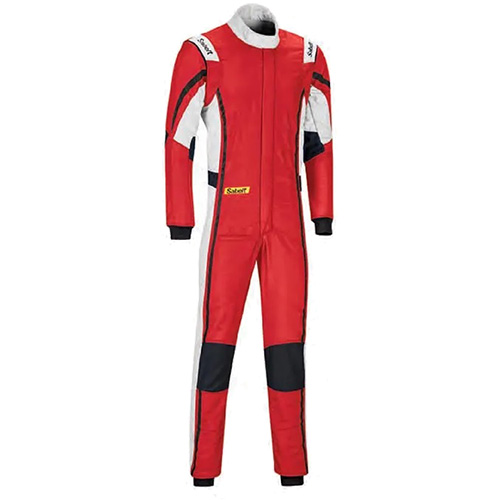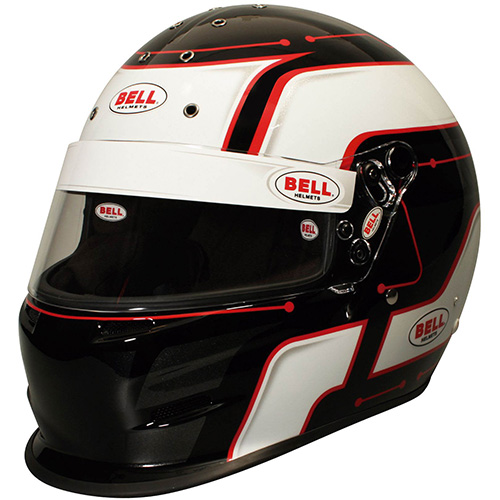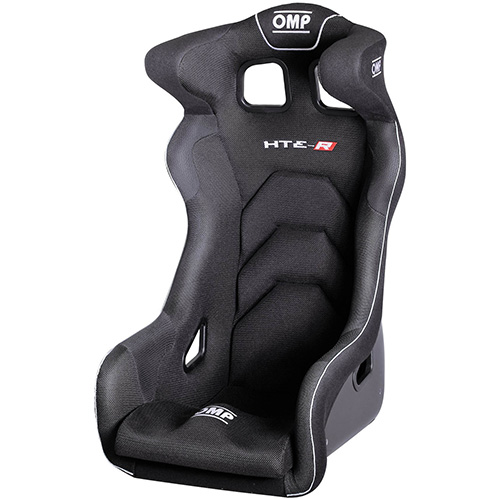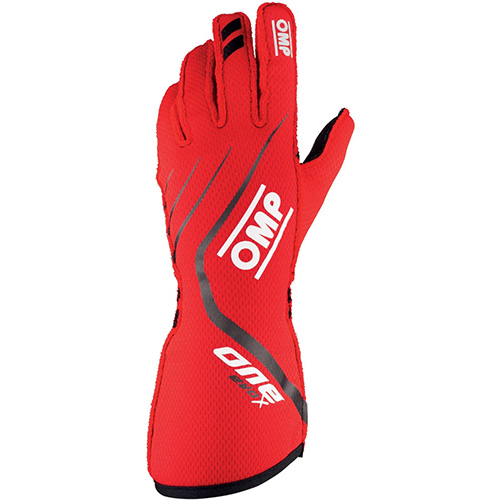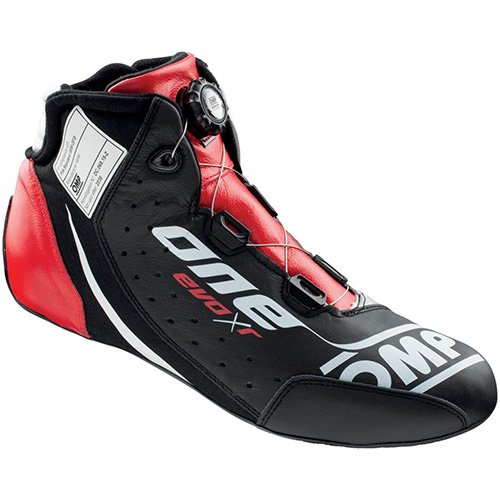On my usual way in to the office, there’s a nice, wide on-ramp with a very sharp righthand corner before a very short entrance to the freeway. In most cars, to make it to highway speeds before having to merge, I have to carry a lot of speed through that corner. No problem, it’s a great way to start my day, and get a small sense of what the car can do. I start wide on the left, and try to hit the late apex while putting the power back on.
The Volkswagen Eos
oversteered like a
Jalopnik bagel. It seriously just gave up all grip in the rear end, and swung out nice and wide until I could get on the gas. Then the rear caught right back in line as the front of the car pulled it forward, and I was cracking up as the punchy turbo was still able to get it up to speed before the merge. Thankfully, it never felt out of control—just sloppy.
A sloppy suspension and lack of grip make this not the best car for enthusiastic driving, but for everything else, it was great. I had never driven the Eos before, and was fairly impressed by the interior feel of the car, as were some friends I gave a ride home on a couple of occasions. I think everybody liked the power hard top and the light-colored interior leather. I particularly enjoyed the good visibility out the front, and the great visibility on the sides.
Also, that 2.0T feels really athletic. It packs a nice punch, but still is quite smooth, blending sportiness and comfort in a way that is practical, yet still interesting.
—John Beltz Snyder, Production Editor
It’s fair to say that I don’t “get” the value proposition presented by the Eos.
Let me start my case here, by listing some of the other convertibles available at around the same $34,000-ish price point that the
base (yes, base) Eos sells at: BMW 128i Convertible,
Chevy Camaro Convertible (V-6 starts at $30K, V-8 at $38K, take your pick), Chrysler 200 S Convertible, Ford Mustang GT Convertible, Mini JCW Convertible (Cooper S vert starts at only $29K). Now, convertible drivers have varying priorities, just like drivers of most cars, but whether your needs are space, pace, or style, there seems to be something on the list above that out does the Eos, at a competitive price. Hell, if you spend up to the top-level Eos, sporting-oriented shoppers could have instead a Nissan 370Z Roadster, while space/luxury-facing folks could grab a Volvo C70. So what gives?
I’m not sure, if I’m honest. I imagine that there are a lot of buyers that live and die by the VW brand, and are attracted to the Eos as a fuss-free way to drive a droptop version of the Golf/Jetta/Passat they’ve always loved.
And, to be fair, there’s nothing particularly bad about the Eos driving experience, as long as you remain totally ignorant of the wealth of better convertible options that you’ve passed up to own it. The car is swift enough, with mild, hard-to-fault-at-normal-speed driving dynamics. The styling is okay, I guess, though I’m not blown away by any one bit of the interior/exterior package.
—Seyth Miersma, Editor-In-Chief
The thing that struck me most about the Eos was just how much wind noise managed to infiltrate the cabin. At speed, it was loud to the point that I had trouble communicating via the car’s Bluetooth system (whether this is due to the wind noise or a Bluetooth system, which was sketchy at best, is open to debate). The Eos’ wind noise was far and away my biggest problem with it, as it sounded noisier than even the
Chrysler 200 Convertible, a vehicle we gave far from sterling reviews of when we tested it a few months back.
That comparison to the 200 is unfair though, as the Eos was better in several areas. It’s 2.0-liter turbocharged engine remains one of the best four-pots on the market, despite being one of the oldest DI/turbo fours around. It delivered smooth power, with a pleasant exhaust note. The interior was typical of the Volkswagen Golf/Eos/GTI family, with pleasant looking materials, and certain feeling of build quality.
Despite having the kind of traits I expect in a Volkswagen, the constant wind noise would be too much for me to live with on a daily basis.
—Brandon Turkus, Test Fleet Manager
Pros
- Peppy 2.0-liter turbocharged engine
- Unfussy driving style; DSG works great for this car
- Looks equally good with the top up and down
Cons
- Hugely overpriced, it would seem, within the segment
- Very low on grip
- Constant wind noise
